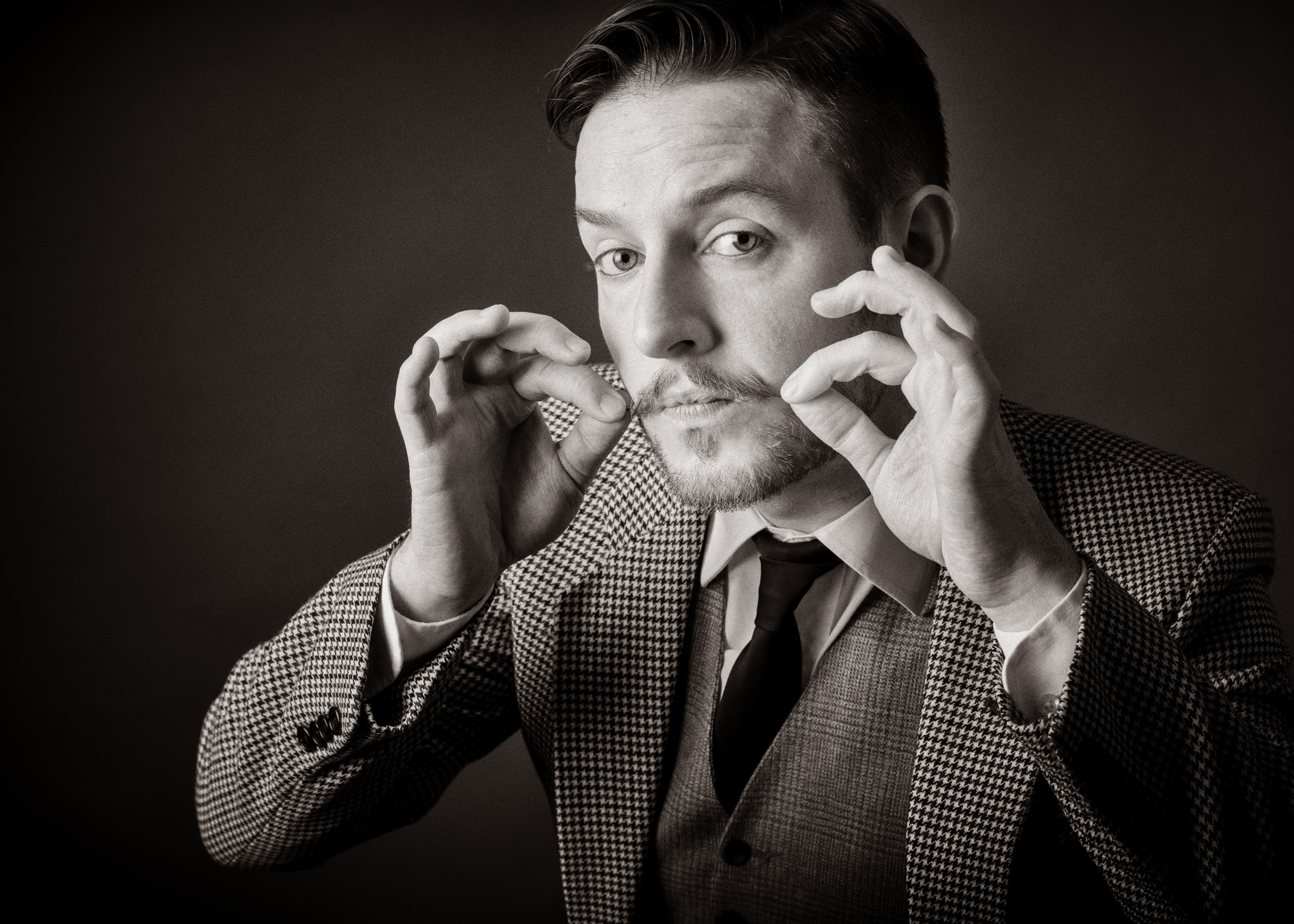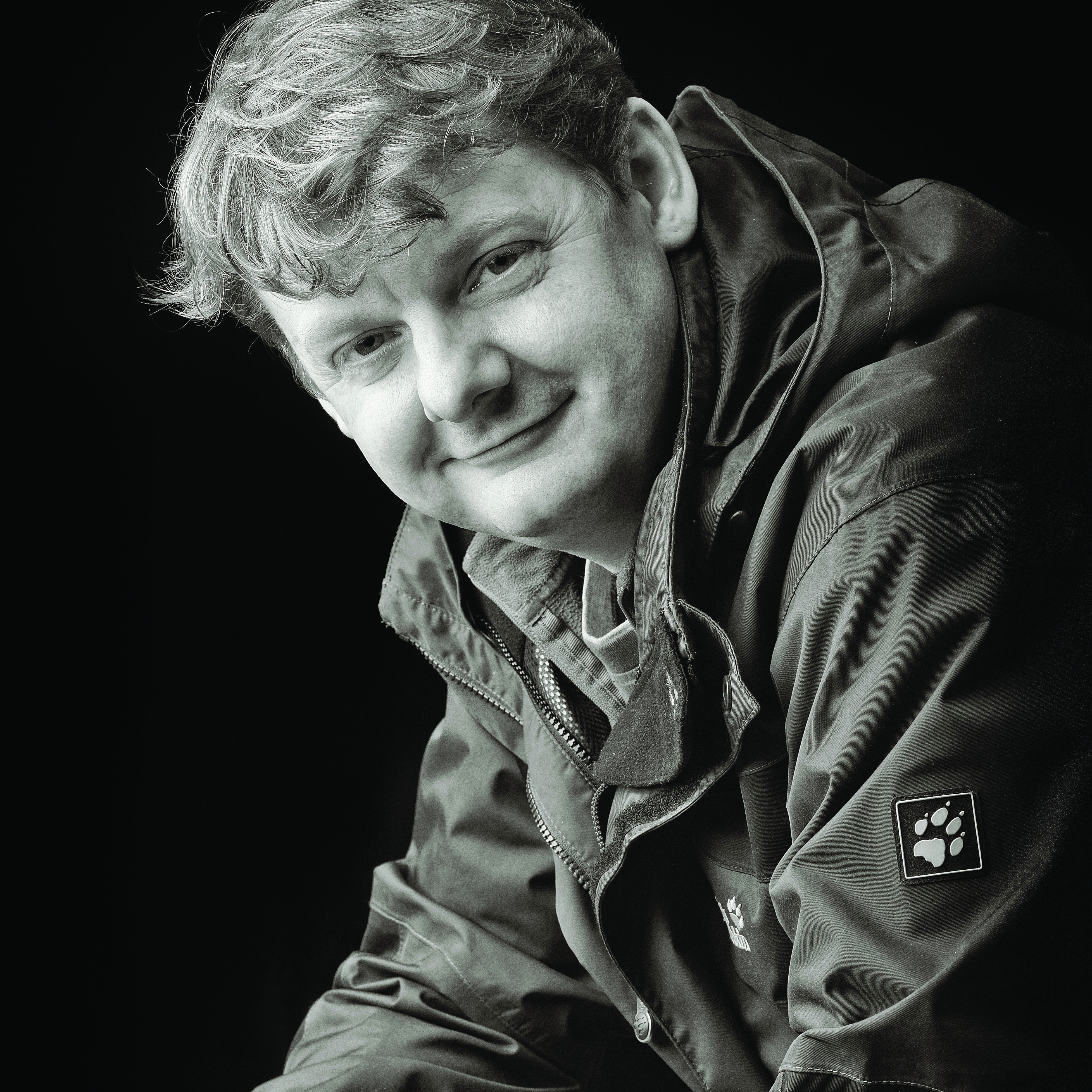"Photographers must be problem solvers, not robots" reckons Paul Wilkinson
Do this, do that… but WHY? Portrait photographers have a rulebook that they invariably follow, but rules are made to be broken

"Place your light here, set it to 5, put up this background, point your second light at it, set it to 2, pick up your camera, set it to 1/200 sec, f/8, ISO100, sit your subject at a 45° angle, bend the elbows, one ankle crossed over the other, masculine pose: head separates from shoulder, feminine pose: shoulder comes up, head moves down, eyes? Eyes centered in the sockets. Make sure there are catchlights…"
We've all been there when we start – shooting by numbers. Do as you're told, and it will work. And let's face it, this beautiful craft of ours is as technical as it is creative – for most of us, that's the utter beauty of it. But somewhere along the line in our industry, the 'what' (the do this, do that) seems to take over the sheer joy of imagining and creating an image.
That's all well and good. But firstly it's a bit dull, and secondly it doesn't equip you for those situations that don't drop neatly into a pre-determined box. Apologies to all those trainers out there who disagree with me. But ultimately, I'm right: photographers must be problem solvers, not robots.
I remember the first time someone tried to show me techniques like this by rote, and I remember even then thinking that it was no fun. It's no fun at all. I couldn't stop asking, 'Why?' And I still am.
Why do we look for catchlights in the eyes? Why do we pose to create 'messaging' – whether it's about character or role? Why do we light broad or narrow? Why do we prefer big softboxes over, let's say, bouncing light off a wall? And why do photographers love Rembrandt quite as much as they do? (I'm one of those, by the way.) The list is endless. It is also priceless.
If you're asking these questions, I believe you're already heading in the right direction – the infinite list of why is your curiosity, your creativity, your ability to solve problems.
We worry too much about named lighting patterns, predestined poses, and 'having a plan' for when we should be reacting to the client, how they look, and how they behave. Instead, let's get educated, learn the underlying principles of our craft, and get creative.
Get the Digital Camera World Newsletter
The best camera deals, reviews, product advice, and unmissable photography news, direct to your inbox!
Why? Because everything is possible if you do.
You might also like…
Check out the best cameras for portraits and the best lenses for portraits, along with these portrait photography tips.

Paul Wilkinson FBIPP FSWPP is a multi-award-winning international photographer, an ambassador for Graphistudio, Elinchrom and Pixellu, as well as a trainer, speaker and author in the photography industry. He hosts the popular Mastering Portrait Photography podcast, where he chats about life, the universe and all things portrait photography.
- Adam WaringGuides Editor
